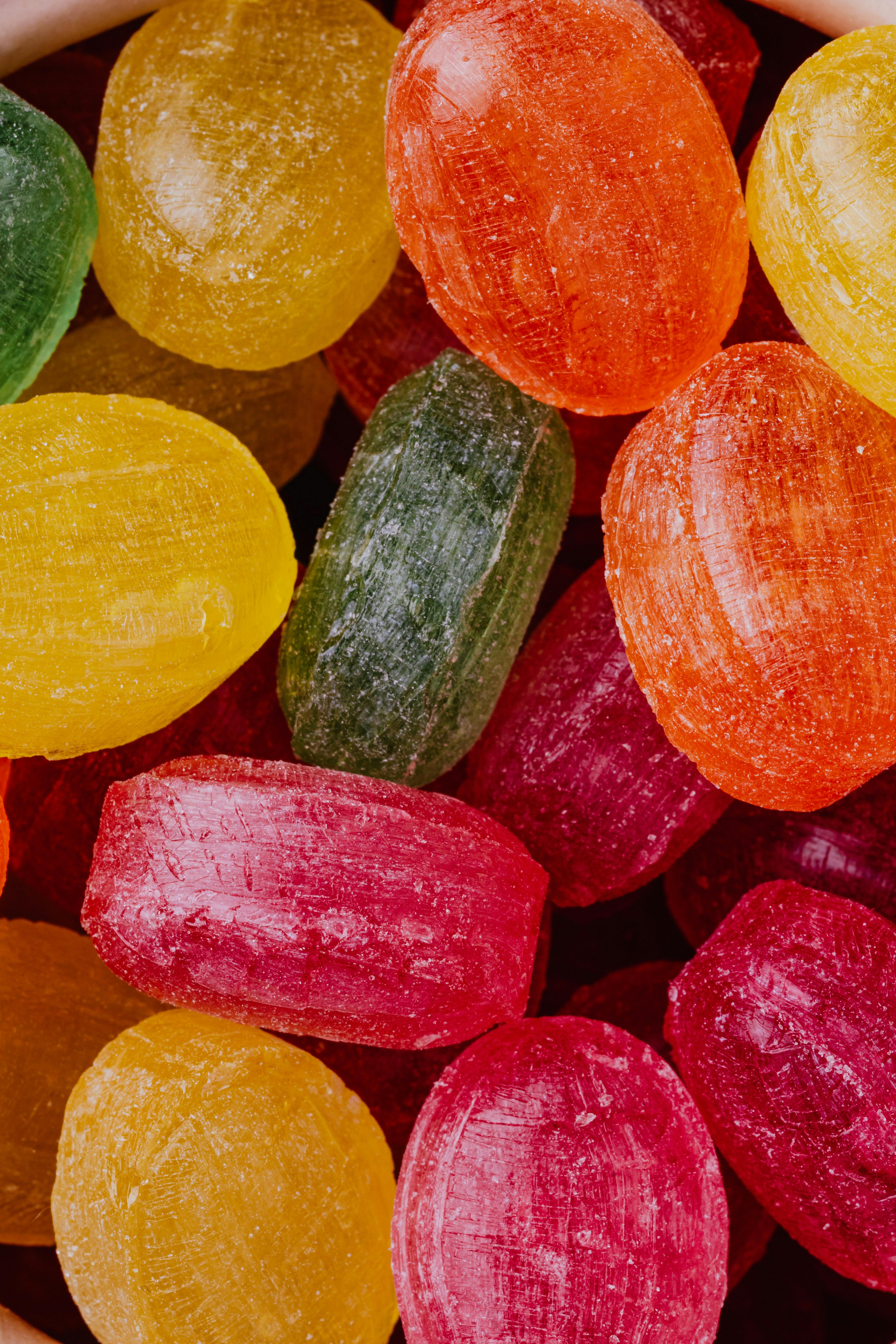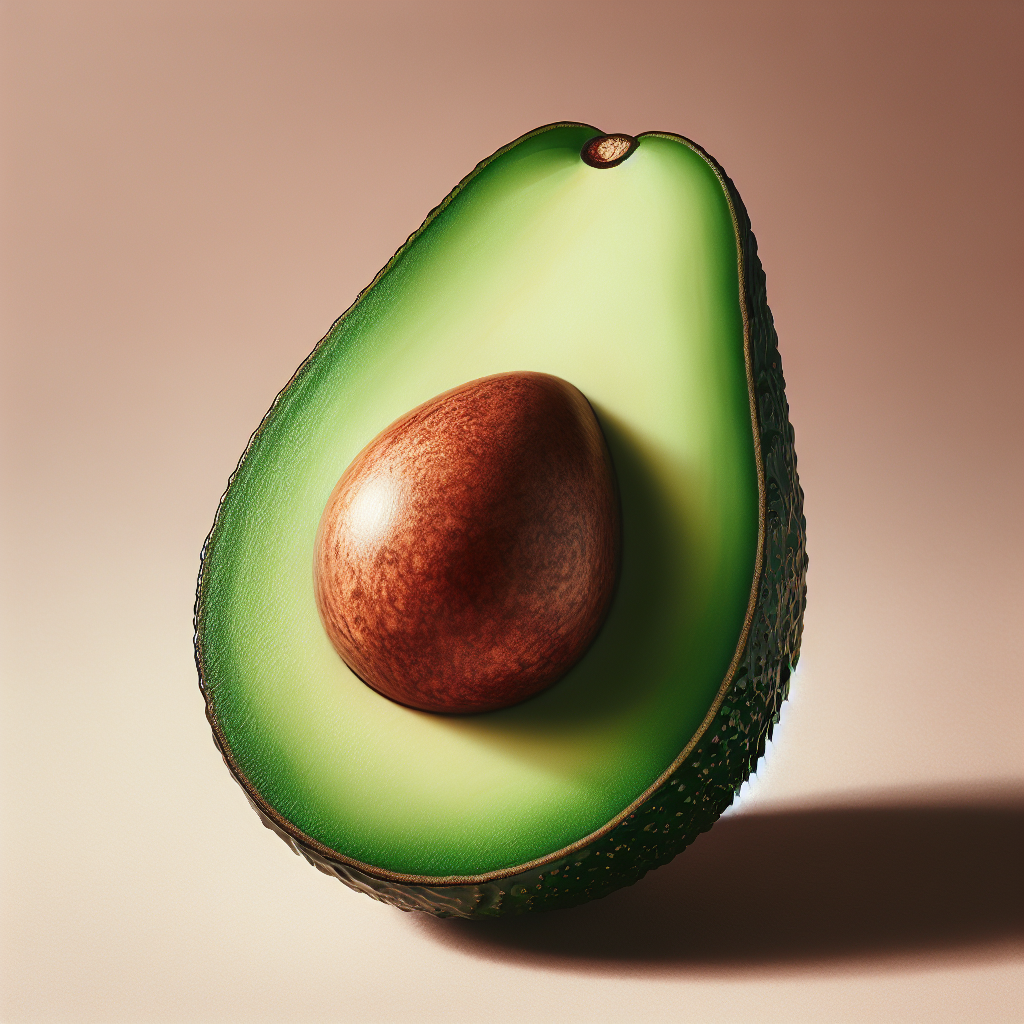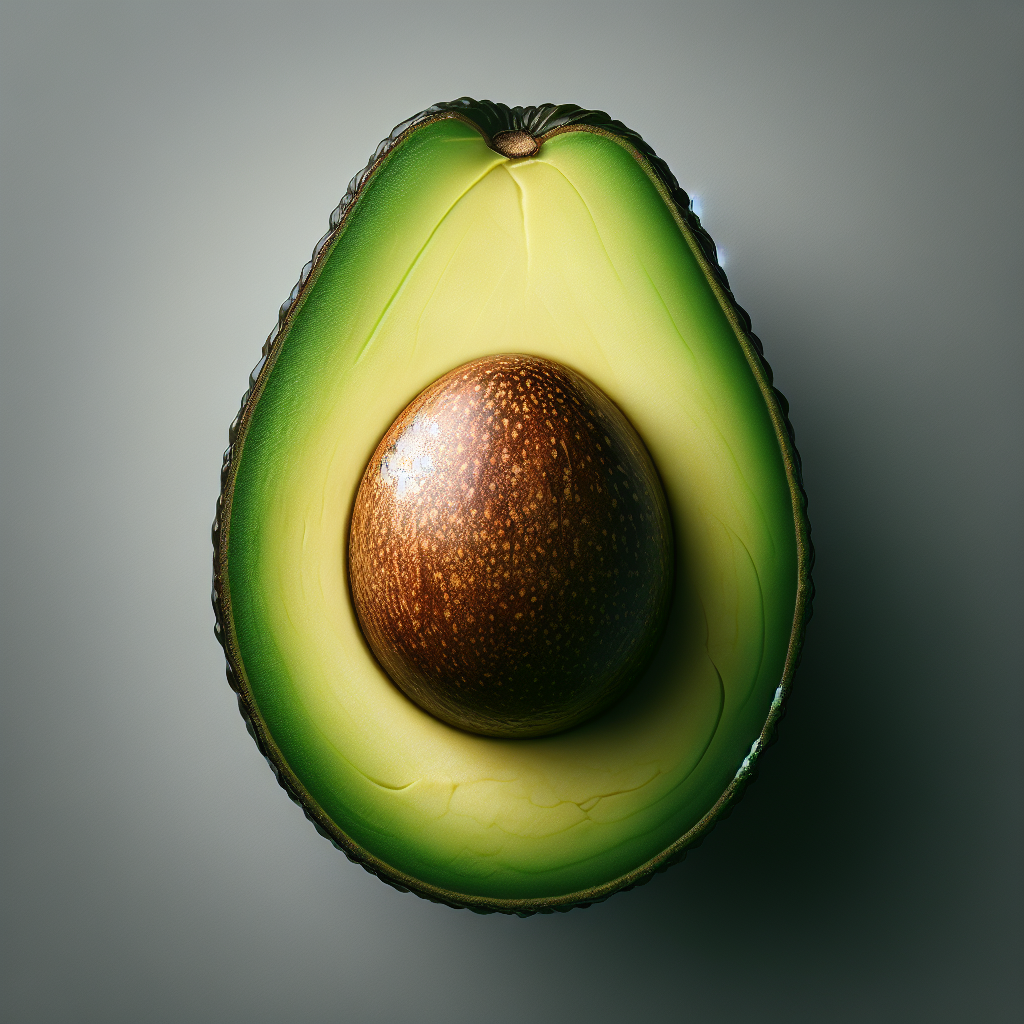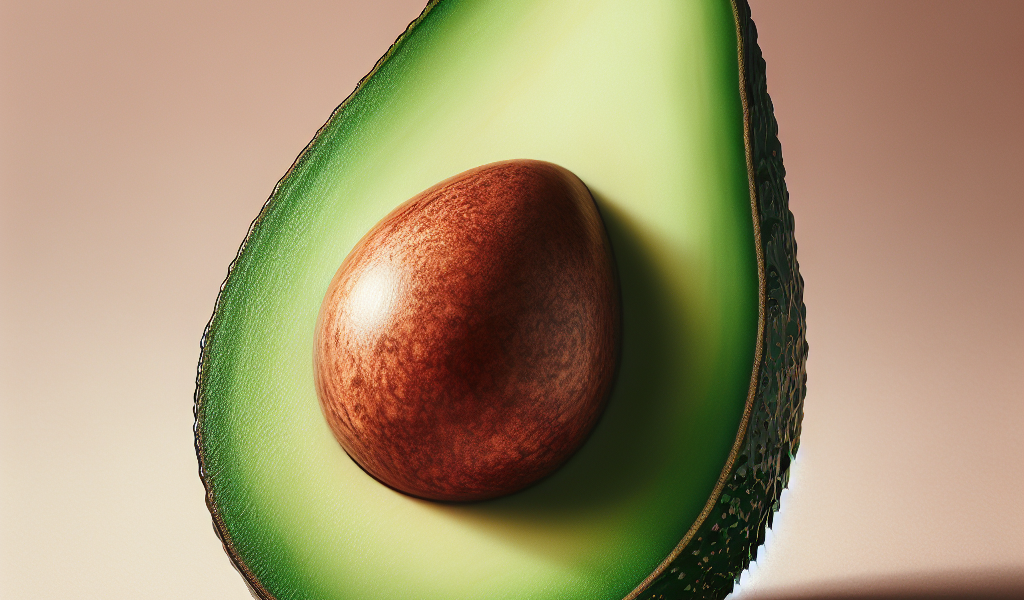How Many Calories In An Avocado
Navigating the complex world of calories can be a tricky endeavor but gaining a thorough understanding of them is a crucial part of maintaining a balanced diet. This comprehensive guide will provide an in-depth exploration on everything you need to know about calorie intake, from the basics of what a calorie is, how many calories are typically found in various foods such as avocados, bananas, apples, eggs, chicken breast and more. The article then progresses to various aspects about calorie consumption, such as necessary daily intake, the number of calories you should aim to burn in a day if weight loss is your goal, and also how many calories are required to lose a pound of weight. Further, it clarifies the process of calories burning through different physical exercises and even the caloric contents of different alcoholic beverages. Keep reading to equip yourself with this vital nutritional knowledge.

Understanding Calories
Definition of Calories
A calorie is a measurement unit of energy. It refers to the amount of energy that is needed to raise the temperature of 1 gram of water by 1 degree Celsius. In nutrition, however, when we speak of calories, what we really mean is kilocalories (Kcal). This represents the amount of energy in foods that is available through digestion.
The Impact of Calories on the Human Body
Calories are the fuel your body uses to function. Everything you do, from breathing to running a marathon, requires calories. When you consume more calories than your body needs for immediate energy, the excess calories are stored as body fat for future use. If this excess intake becomes a habit, it can lead to weight gain. Conversely, if you consume fewer calories than your body needs, your body will tap into its reserves (stored fat), resulting in weight loss.
The Importance of Counting Calories
Counting calories can provide a straightforward way to manage your weight. By understanding how many calories are in the foods you eat and how many calories your body needs, you can ensure you’re providing your body with just the right amount of energy. This can help you to maintain, lose, or even gain weight, depending on your goals.
Calories in Various Foods
Calories in an Avocado
An avocado typically contains about 234 calories per fruit, although this can vary based on the size and variety of the avocado.
Calories in an Apple
An average apple has about 95 calories, although this can vary depending on the size of the apple.
Calories in a Banana
A medium-sized banana typically contains about 105 calories.
Calories in an Egg
A large egg contains approximately 72 calories.
Calories in Chicken Breast
A skinless, cooked chicken breast (around 136 grams) contains about 165 calories.
Calories in Strawberries
One cup of fresh strawberries contains approximately 49 calories.
Calories in Blueberries
One cup of fresh blueberries contains about 85 calories.
Calories in Vodka
A standard shot of vodka (44ml) contains about 96 calories.
Calories in a Big Mac
The Big Mac from McDonald’s contains about 563 calories.
Calories in Other Fruits
Other fruits like watermelon, oranges, mangos each have their own unique calorie counts— watermelon has around 46 calories per cup, an orange has about 62 calories per fruit and a mango contains about 201 calories each.

Analyzing the Caloric Content of an Avocado
Summary of Avocado Nutrition Facts
While an avocado does contain a high amount of calories, avocados are highly nutritious. They are packed with healthy fats, fiber, and various important nutrients such as Vitamins C, E, K and B-6, as well as folate.
How Avocado Size Affects Calorie Count
The size of an avocado does impact its calorie count. Larger avocados naturally contain more calories than smaller ones.
Caloric Differences Between Avocado Types
There are also various types of avocados, such as Hass avocados and Florida avocados, each with its own calorie content. For instance, a large Florida avocado has fewer calories per gram than a large Hass avocado, due to its lower fat content.
Daily Caloric Intake Recommendations
How Many Calories Should I Eat a Day?
The number of calories you should consume in a day depends on several factors, including your age, weight, height, gender, and physical activity levels. Generally speaking, men often need more calories than women. An average adult woman needs about 1,800 to 2,200 calories a day, while a man needs between 2,200 and 2,800 calories.
Factors Influencing Daily Caloric Needs
Your lifestyle and overall health also influence your calorie needs. For instance, if you’re physically active, you need more calories to fuel your movements than someone who leads a sedentary lifestyle.
Calories Required for Weight Maintenance
In order to maintain your current weight, you need to consume a number of calories equal to the number of calories your body uses. This is typically referred to as your ‘maintenance calories’.

Caloric Deficit and Weight Loss
How Many Calories Should I Eat to Lose Weight?
To lose weight, you need to consume fewer calories than you burn. Exactly how many calories you should consume to achieve weight loss can vary widely, but generally, a calorie deficit of 500 to 1,000 calories per day can result in a safe and sustainable weight loss of about 1-2 pounds per week.
The Role of a Caloric Deficit in Weight Loss
A caloric deficit occurs when you burn more calories than you consume. Your body must then compensate for this deficit by burning stored fat, which results in weight loss.
Safe and Sustainable Weight Loss Strategies
A safe and sustainable weight loss plan involves gradually reducing your calorie intake while increasing your physical activity. Extreme calorie restriction is not recommended as it can lead to nutrient deficiencies and may not be sustainable in the long term.
Calories and Exercise
How Many Calories Should I Burn a Day?
The amount of calories you should burn each day will depend on your weight loss goals, your current body weight, and your activity level. Generally, it’s recommended to aim for a balanced combination of dietary modifications and increased physical activity.
What Exercise Burns the Most Calories
The number of calories you burn during exercise depends on the type, duration, and intensity of the exercise. High-intensity cardio activities such as running, cycling, or jumping rope burn the most calories.
How Many Calories Do You Burn Walking a Mile?
Walking a mile can burn between 65 to 100 calories, depending on your weight and walking speed.

Calories to Lose a Pound
Understanding the ‘3500 Calorie Rule’ for Weight Loss
The ‘3500 calorie rule’ states that to lose one pound of weight, you need to create a calorie deficit of 3,500 calories. This means reducing your calorie consumption by 500 calories each day, you can generally expect to lose one pound in a week.
Challenges and Considerations in Implementing the 3500 Calorie Rule
While the 3500 calorie rule can be useful as a basic guideline, weight loss may not always be this straightforward in reality. Your body can adjust to changes in both diet and activity, and this can affect the rate at which you lose weight.
Caloric Intake and Metabolism
How Many Calories Do I Burn a Day?
The number of calories you burn in a day depends on your Basal Metabolic Rate (BMR), the number of calories you burn through physical activity, and the calories you burn during digestion.
Factors That Influence Basal Metabolic Rate
Several factors can influence your BMR, including your age, sex, weight, body composition, and hormone levels. Generally, the larger your body mass, the higher your BMR.
Role of Metabolism in Weight Loss and Weight Gain
Your metabolism plays a crucial role in weight loss and weight gain. A faster metabolism burns more calories in a day than a slower one, making it easier to lose weight and harder to gain weight.

Calorie Counting Tools and Techniques
Useful Apps for Counting Calories
There are many mobile apps available that can help you count calories and track your food intake. These can be very useful for ensuring you stay within your optimal calorie range.
How to Accurately Measure Food Portions for Calorie Counting
To count calories accurately, you should measure your food portions. This can be done using simple household measures like measuring cups and spoons, and a kitchen scale.
Best Practices in Calorie Counting
Consistency is key in calorie counting. Make sure to track everything that you eat and drink. Include meals, snacks, and beverages, and try to be as accurate as possible.
Misconceptions About Calories
Debunking Myths About ‘Zero-Calorie’ Foods
While some foods are often referred to as ‘zero-calorie’, this is a bit of a misnomer. These foods do have calories, but in such small amounts that they can be negligible. Examples include celery, cucumbers, and other high-water, low-calorie fruits and vegetables.
Exploding the Myth of ‘Negative Calorie’ Foods
There’s a popular myth that some foods are ‘negative calorie’, meaning your body burns more calories digesting them than the calories they contain. However, no foods are proven to have this effect.
Understanding the Limitations of Calorie Counting
Calorie counting can be a useful tool, but it’s not perfect. It does not take into account the nutrient quality of the food. Not all calories are created equal – 200 calories worth of vegetables will have a different effect on your health than 200 calories of a sugary snack. Therefore, it’s essential to focus not just on calorie quantity, but also on the quality of your calories for optimal health.

